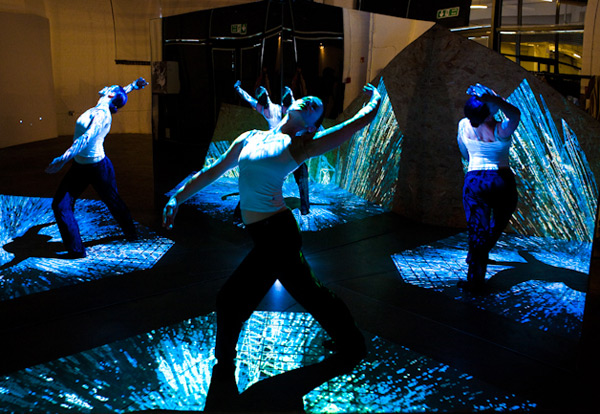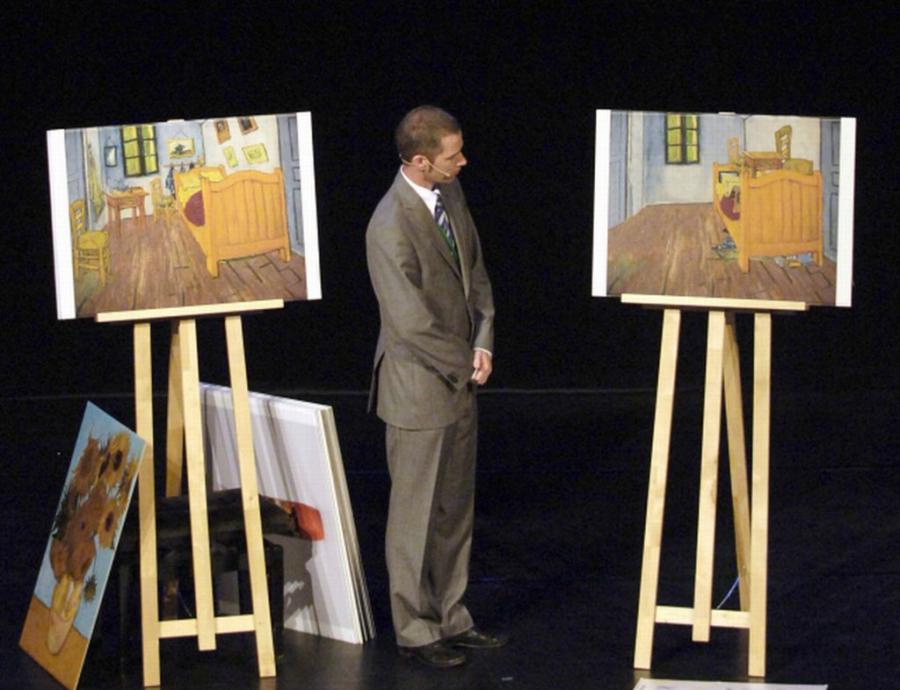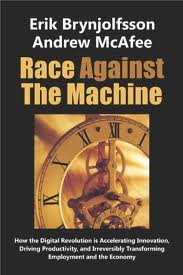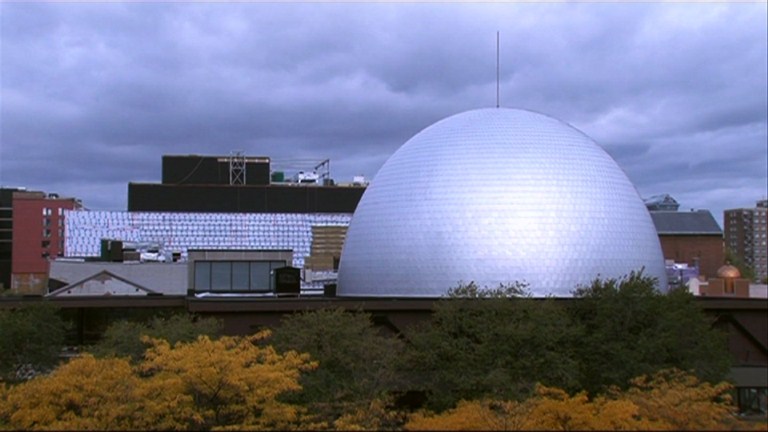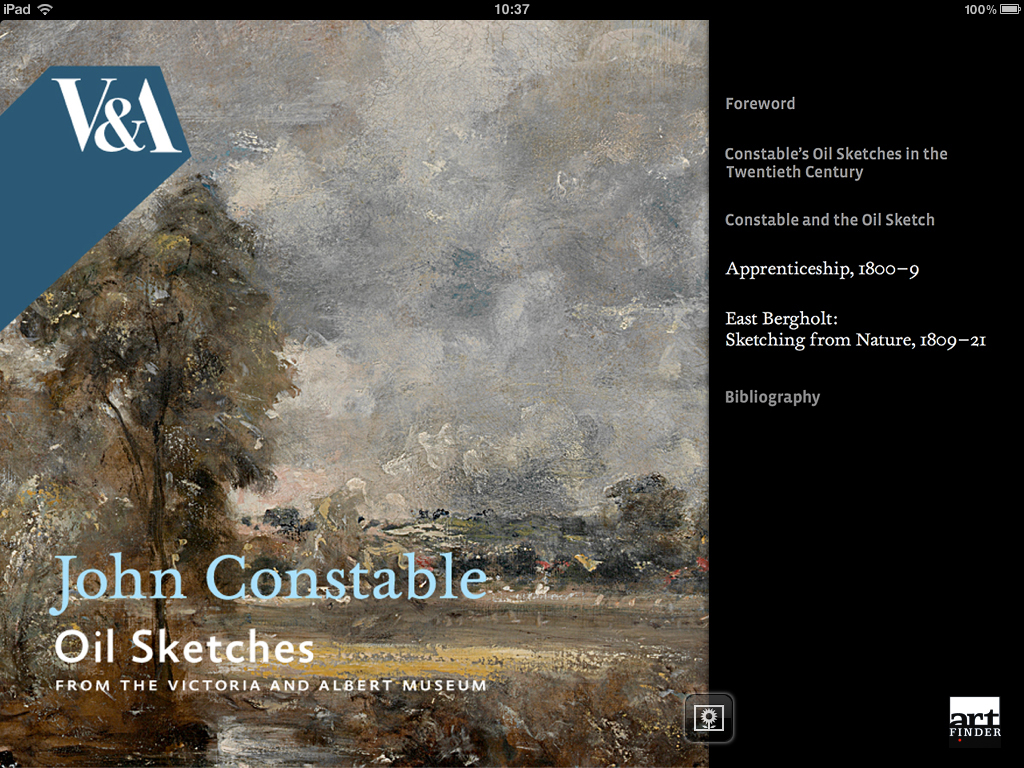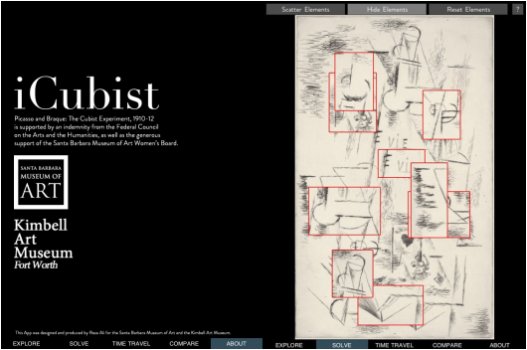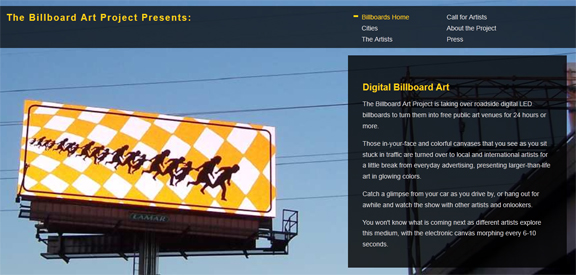‘The glaciers are melting’ is a phrase that we have heard and read, in all its literary permutations and combinations, ad infinitum. And the term “ad infinitum” should raise concern among us because when certain phrases are repeated so often, when they are so widespread, the world becomes inured to them.
Ironically, despite of the size and scale of most glaciers, many of us have probably never encountered these sublime bodies of ice. So when we hear about the plight of our glaciers, we shrug and give a slight brrr of concern, for we are not acclimated to contemplate the cold beyonds of planet earth.
But what if we could visualize our glaciers at different points in time? What if we could see how much they have changed over the past century? Would we finally comprehend the glacial magnitude and urgency of climate change? GlacierWorks certainly thinks so.
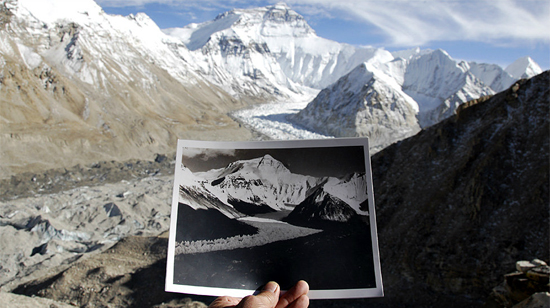
“GlacierWorks is a non-profit organization that uses art, science, and adventure to raise public awareness about the consequences of climate change in the Greater Himalaya. By comparing our modern high-resolution imagery with archival photographs taken over the past century, we seek to highlight glacial loss and the potential for a greatly diminished water supply throughout Asia.”
The GlacierWorks team, which is led by “filmmaker, mountaineer, and adventurer”, David Breashears, re-traces the photographic and mountainous footprints of early 19th and 20th century photographers, each of whom dared to explore the Himalayan terrain during the course of their lives.
Among these early pioneers is the famous 19th century Italian mountaineer and photographer, Vittorio Sella, who is best known for his breathtaking images of the mountainous landscapes in Europe, Asia, Africa, and America. Whilst in India, Sella took a series of “awe-inspiring images of the Jannu and Kangchenjunga Glaciers, as well as the Karakoram’s Lower Baltoro Glacier.”
Another eminent photographer, whose images are traced by GlacierWorks, is Sir Edward Oliver Wheeler who was the Surveyor-General of British India from 1941 to 1947, and was knighted as a result of his notable work in topography for the Indian subcontinent. Other noteworthy photographers of Mount Everest and its surrounding terrain include German filmmaker, Norman Günter Dyhrenfurth, and George Herbert Leigh Mallory, who was a member of the 1921 British Reconnaissance Expedition, which “explored routes on Mount Everest and produced the first accurate maps of the region.”
In order to provide us with a compelling difference between the masses of our glaciers today as opposed to just a century ago, the GlacierWorks team determines the photographic point or location from where each of the images by Vittorio Sella or Sir Edward Oliver Wheeler were taken. As such, we are able to make a glance-by-glance comparison of the Himalayan glaciers through two images taken from the exact location, but with a century’s worth of time in between them. This visual comparison is sublime, even melancholic, but the overarching message is grim, for these images provide us with the cold, icy truth about our glaciers; not only are they melting, but they are doing so at a devastatingly alarming rate.

On their website, we are encouraged to do some virtual mountaineering of our own so that we may become familiar with the majestic but eternally distant Himalayan glaciers. In collaboration with xRex studio, “a visual effects practice which explores the intersection of high-end computer graphics and advances in digital photography”, GlacierWorks has created incredible 180 and 360 degree immersive explorations that re-create the awesome entirety of the Himalayan landscape, all in gigapixel imagery.
And with the use of gigapixel imagery, GlacierWorks has accomplished an uncanny yet astonishing feat: they have placed before our very eyes, the detailed truth on glacial loss; and they have made us confront, the absolute reality about the future our glaciers. GlacierWorks’ photographs incite a sense of loss and the necessity to change our profligate ways, before all that remains is a set of high resolution imagery, before the comparison between the glaciers of the past and those of the present is beyond discernment.
The 2011 UN Climate Change Conference will take place in Durban later this month. Here’s hoping they agree on at least a few environmental measures because inconclusive climate summits is something we have heard and read about ad infinitum.
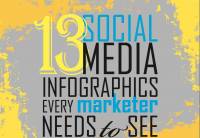 Happy Friday! What’s everyone doing this weekend? Perhaps you’re saddling up to head to Louisville for the National Arts Marketing Project Conference. The conference starts tomorrow and goes through next Tuesday the 15th – in which case, enjoy the conference! If you can’t make it to Kentucky this weekend, a lot of the conference will be online. Three sessions will be streaming live and archived as webcasts if you miss them. The conference will also be accessible via twitter with hashtag “#nampc”.
The National Arts Marketing Project (NAMP) offers resources year round on their website to help your arts organization be better marketers. One of these is their newest ebook, 13 Social Media Infographics Every Marketer Needs to See.
Happy Friday! What’s everyone doing this weekend? Perhaps you’re saddling up to head to Louisville for the National Arts Marketing Project Conference. The conference starts tomorrow and goes through next Tuesday the 15th – in which case, enjoy the conference! If you can’t make it to Kentucky this weekend, a lot of the conference will be online. Three sessions will be streaming live and archived as webcasts if you miss them. The conference will also be accessible via twitter with hashtag “#nampc”.
The National Arts Marketing Project (NAMP) offers resources year round on their website to help your arts organization be better marketers. One of these is their newest ebook, 13 Social Media Infographics Every Marketer Needs to See.







